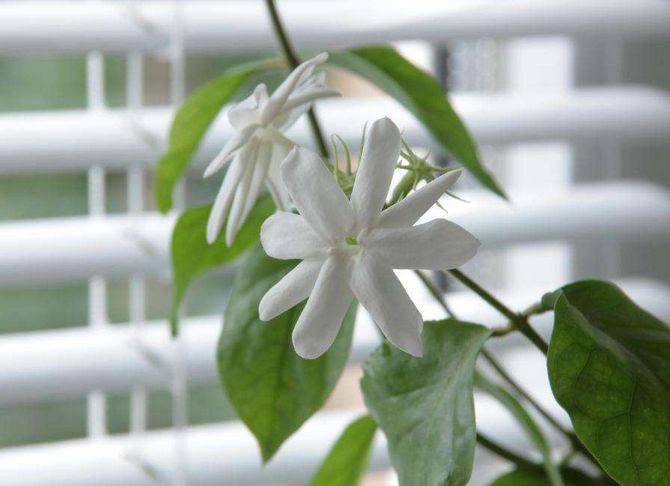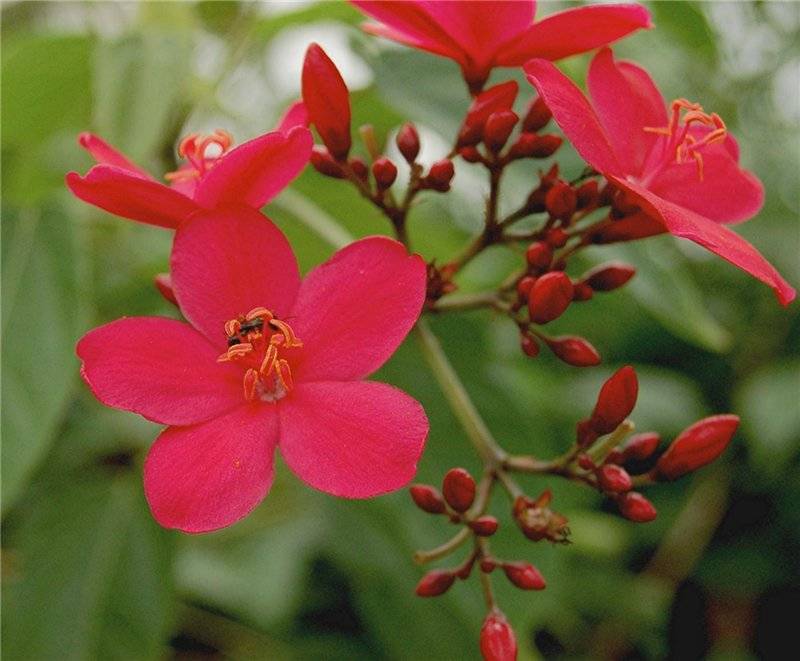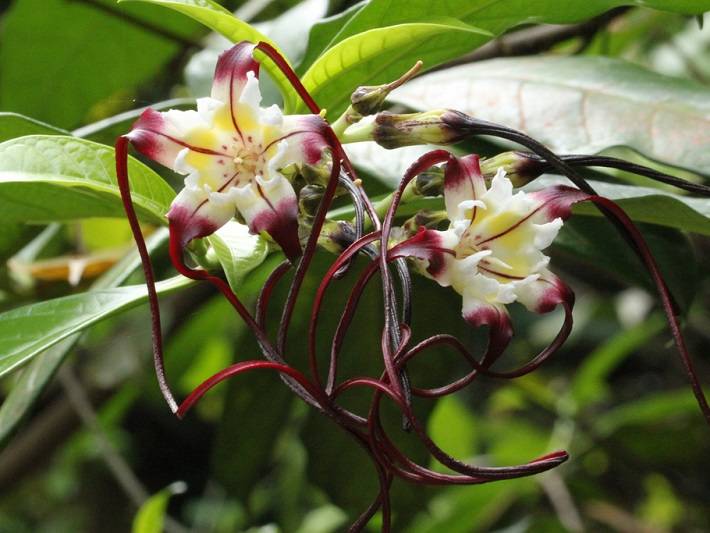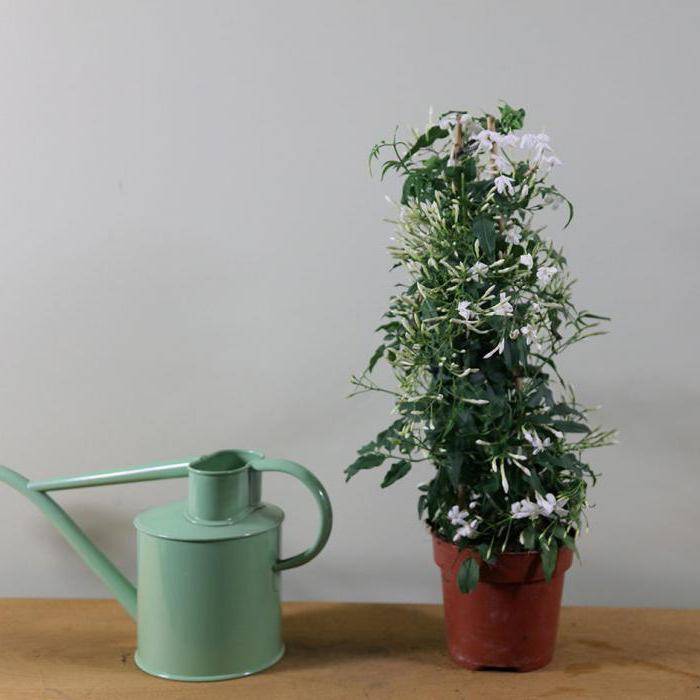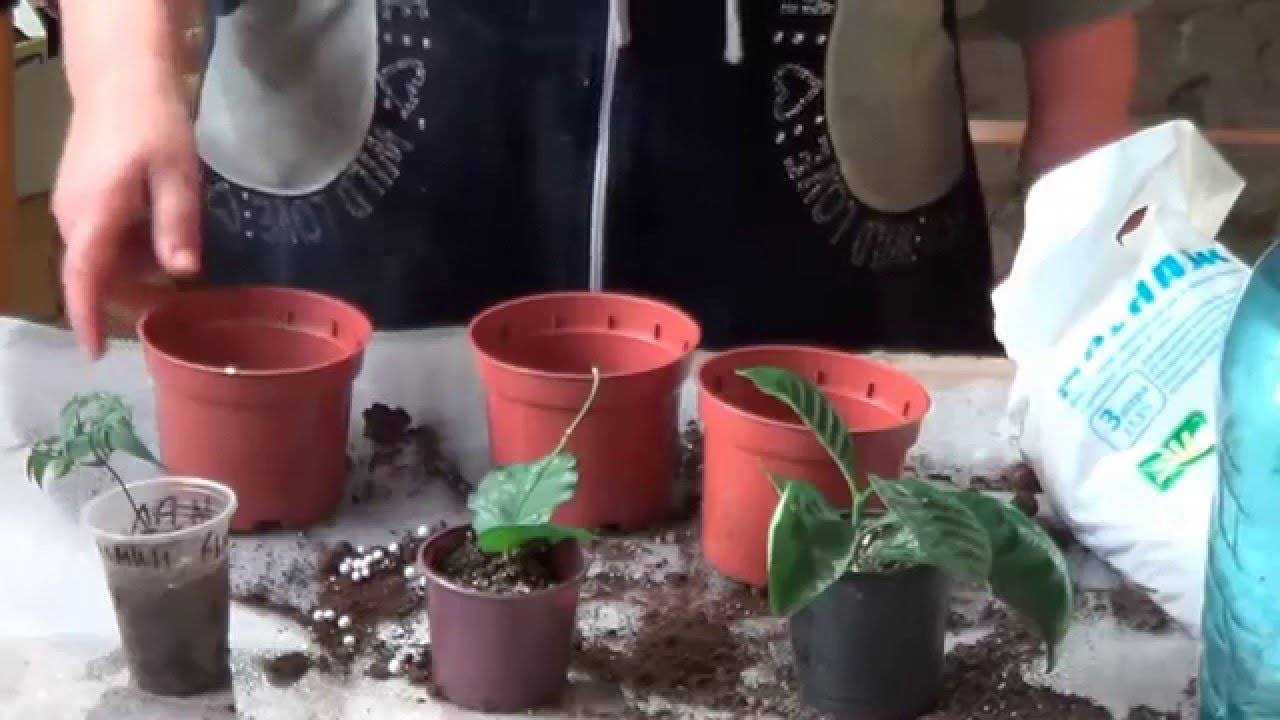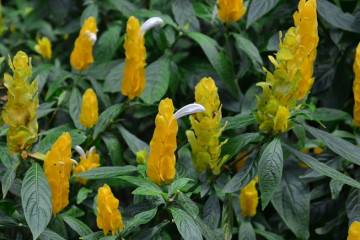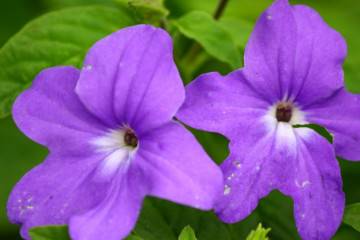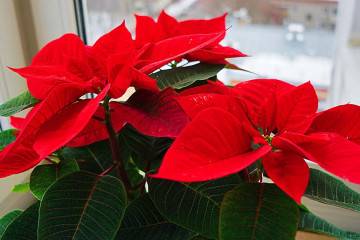Indoor jasmine - how to care
Content:
Jasmine is a perennial evergreen known for its beautiful flowers and delicious scent. At the same time, many mistakenly confuse it with another garden flower - chubushnik. However, in reality, these two plants have nothing in common. One of the representatives of the well-known flower is indoor jasmine. It includes several varieties used in home cultivation.
Indoor jasmine - description
The jasmine plant belongs to the Olive family and the Jasmine genus, which includes about 300 varieties. In nature, this flower grows in the tropical and subtropical regions of Asia, Australia and Africa. Several species are found in the Mediterranean and South America.
Jasmine has solid oval and slightly oblong leaf plates. Connected to the stem with short petioles. The leaves grow in pairs, forming a spectacular crown of an evergreen plant.
The tubular jasmine flowers combine simplicity and nobility. They can be simple and double, with a deep dissection and wide corollas, divided into petals. Flowers are grouped into inflorescences and grow in the axils of the leaves.
Varieties of indoor plants
As a home flower, jasmine comes in several varieties. They all have similar features in appearance and structure, but at the same time differ in their flowering. The following varieties have gained the greatest popularity.
Jasmine Bissa (Jasmin umbeesianum)
In nature, this flower is found near the banks of the river, as well as on the slopes of the mountains. May be in the form of vines or evergreen shrubs. Its length often reaches 2 m. Dark green leaves grow opposite to each other. They are ovoid and slightly pointed at the end. Slightly pubescent on both sides.
Fragrant pink flowers grow up to 2 cm in length. They are located mainly in the upper part of the shoot. They can grow one at a time or gather in small inflorescences.
Jasmine Holoflower (Jasmin umnudiflorum)
Jasmine of this variety has the appearance of a weakly branching shrub. On long shoots, trifoliate green leaves grow in small quantities. In winter, the leaves almost completely fall off.
In everyday life, holo-flowered jasmine is also called winter. This is due to the fact that its flowering begins in the middle of winter and lasts until the second half of spring.
Jasmine Large-flowered (Jasmin umgrandiflorum)
It can be an evergreen shrub or liana up to 10 m long. Opposite leaves have a variegated color. Up to 7 elliptical leaves are located on one plate. White flowers are collected in inflorescences. Flowering begins in June and lasts until mid-autumn.
Jasmine Medicinal (Jasmin umofficinale)
This species is represented by perennial shrubs. On thin and long branches, there are two-pair or three-pair leaves. They have an elongated lanceolate shape and a pointed end.
Medicinal jasmine can bloom from mid-spring. White flowers have an amazing aroma. They have a long peduncle. They are collected in umbrella-shaped inflorescences.
Jasmine Multi-flowered (Jasmin umpolyanthum)
The multi-flowered variety has the appearance of a weakly branching shrub that grows up to 2 m in height. Dark green oval leaves grow on curly thin stems. Flowers are located mainly in the upper part of the shrub. They are collected in small inflorescences of 3-5 pieces. Painted in a bright pink shade. They have a pungent rich smell.
Jasmine Low (Jasmin umhumile var.glabrum)
Under natural conditions, it grows mainly in the tropical and subtropical zone of China. It may look like an evergreen plant or shrub up to 2 m high. On small leaf plates there are up to 7 ovoid leaves. The outer side is colored deep green, while the bottom is pale green.
Jasmine Sambac
Under natural conditions, sambac grows in the tropics of Asia. It can be represented by both vines and evergreens. Thin shoots are capable of reaching up to 6 m in length. Leaves grow oppositely 2-3 units. Their average length is 10 cm. They are predominantly ovoid or rounded with a pointed end.
Terry or semi-double white flowers are collected in small inflorescences. The flowering period occurs in early spring and lasts until autumn.
Home care
Caring for indoor jasmine requires special knowledge. If you follow the recommendations, it is great for novice florists.
Illumination and temperature conditions
There are no strict temperature requirements for growing homemade jasmine. In the summer months, the plant tolerates both heat and cool well. Growing on the balcony or outdoors is possible. In winter, jasmine is suitable for a moderate and slightly cool temperature from +8 to +20 degrees.
Since the flower is light-requiring, it is recommended to place the plant pot in a lighted place. But at the same time, direct sunlight should not fall on it. The best option would be a room on the southeast or southwest side.
Watering rules and humidity
Jasmine is an indoor flower, and therefore grows well in high humidity. If the air in the room is dry, this leads to oppression of the plant. It becomes susceptible to disease and insect pests.
There are several ways to provide the plant with an optimal moisture level:
- Spray with a spray bottle. In this case, the water should be at room temperature. During the procedure, drops of water can only fall on the leaves, flowers and buds should be left dry. In summer, the procedure can be carried out every day, and in winter, stop spraying.
- Install an ultrasonic humidifier that can work all year round.
- Leave a container of water near the pot.
Jasmine does not tolerate excessive moisture, like drought. After watering, the excess water from the sump should be poured out. In the summer, the frequency of watering depends on the rate of drying of the topsoil. Beginning in September, moisture should be reduced and minimized by winter.
In autumn, it is enough to irrigate 1-2 times a week, and in winter 1 time in 7-10 days. Watering more frequently during colder seasons can lead to jasmine disease.
Top dressing and soil quality
Standard jasmine care also includes fertilization. For this purpose, ready-made compositions intended for flowering plants are suitable.It is often not recommended to feed jasmine, as this will lead to increased growth of greenery and stop flowering.
Climbing indoor jasmine and other varieties should be fertilized from spring to autumn. Many flower growers use mineral fertilizers for this.
The optimal soil for growing jasmine in a pot is a mixture of the following components:
- 1 part river sand;
- 1 part ready-to-use azalea mix;
- 3 parts mixture for flowering houseplants;
- A small amount of vermiculite.
If for various reasons such soil is not suitable, you can prepare it yourself. What composition can be used is written below:
- 1 part peat;
- 1 piece of leafy land;
- 1 part of coniferous land;
- 0.5 parts of river sand.
Flower container size
Home jasmine has an average growth rate, which means that it is good to use containers of medium size and depth for planting it. In terms of material, it can be glass, clay, or plastic.
Pruning and replanting
An annual transplant is required only for a young plant. It is advisable for an adult flower to be transplanted every 2-3 years.
For the splendor and beauty of the flower, it is recommended to prune it. The best time for this is the spring months. Long stems can be cut half the length, the rest 1/3 part.
Features of flowering plants
When and how much jasmine blooms depends on its type. Flowers can be white or yellow. They are star-shaped. They can grow singly or be grouped in several pieces. The flowering time is 3-3.5 weeks.
The bright and rich aroma of flowers can lead to headaches and other ailments. For this purpose, it is recommended to take out the abundantly flowering plant from the bedroom at night.
Propagation of indoor jasmine by cuttings
The plant can propagate with the help of cuttings and cuttings. Both methods have their own characteristics, but the latter is more common. It assumes compliance with the rules and certain technology.
The cuttings procedure is possible after spring pruning, as well as from April to July. Procedure:
- A mature shoot is selected, from which the top is cut, 10-13 cm long.
- The resulting cuttings are planted in a mixture of peat and sand. Then it is covered with polyethylene to obtain a greenhouse effect.
- Airing and spraying of planting material is carried out every day.
After 30-35 days, when the roots grow on the cutting, it is time to transplant it into a separate pot.
Growing problems, diseases, pests
Potted jasmine is quite capricious, which makes it vulnerable to diseases and pests. It can be attacked by weevils, spider mites, and aphids. The fight against them must be started as early as possible. At the initial stages, it is advisable to use biological and folk methods of struggle. And only in neglected conditions should insecticides be taken.
When growing and propagating homemade jasmine, the following problems may occur:
- Falling leaves. It can occur with excessive moisture in the soil, too dry air, and also with a lack of light.
- Drying of leaves and branches is observed in the absence of watering and dry air.
- Drying of branches. This problem is typical for the use of running water containing alkali that is harmful to the plant.
Growing homemade jasmine is an opportunity to enjoy the legendary aroma and beauty of its flowers from the comfort of your own home.In order for the plant to serve as an interior decoration and to please with long flowering, it is necessary to provide it with comfortable conditions and know how to care for jasmine.
